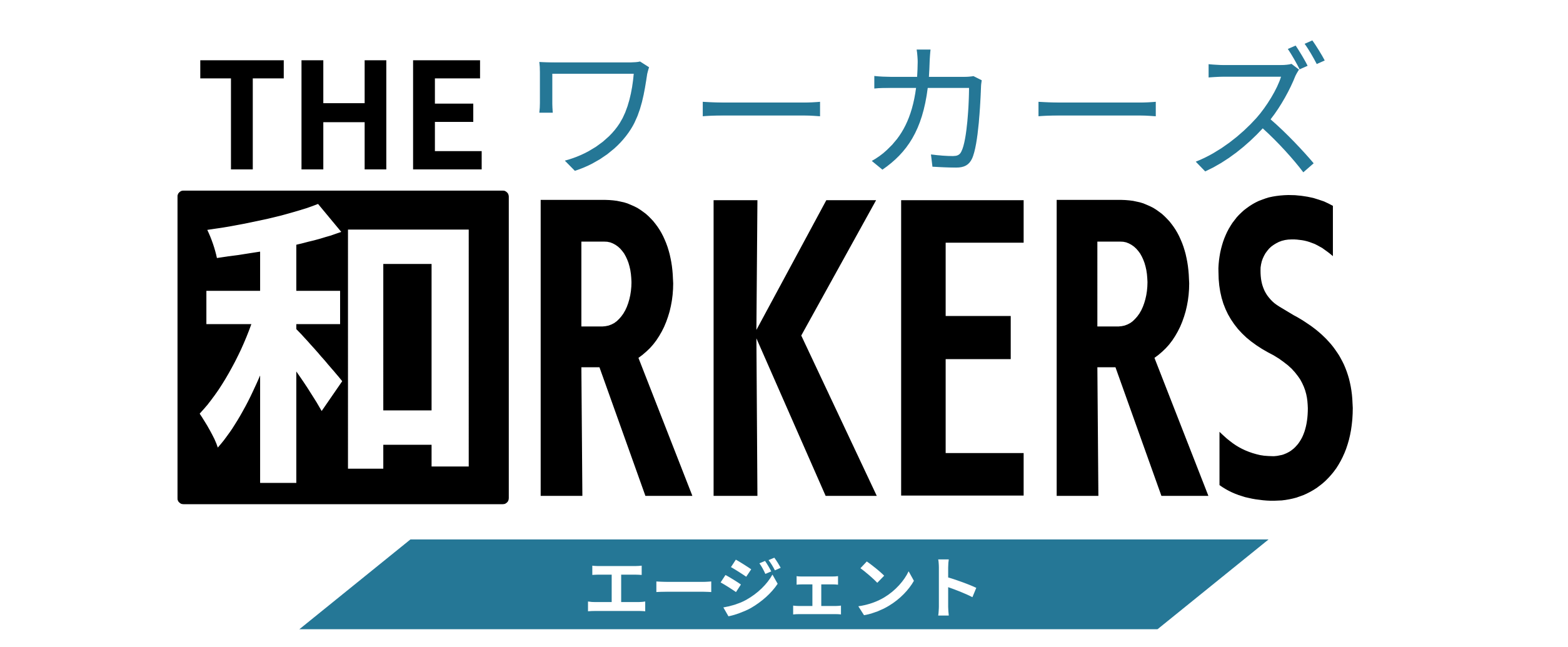Do You Need JLPT to Work in Japan as an IT Professional? A Practical Guide

For many foreign IT professionals who love Japan, landing a full-time job here isn’t just a career move—it’s a personal milestone. Whether it’s the culture, the technology, or the lifestyle that draws you in, working in Japan can be incredibly rewarding. But one common question often comes up:
“How much Japanese do I really need to work in Japan?”
In this article, we’ll break down what level of Japanese is typically required—especially in terms of the JLPT (Japanese Language Proficiency Test)—and what companies are actually looking for when they hire foreign tech talent.
What Is JLPT and What Does Each Level Mean?
The Japanese-Language Proficiency Test (JLPT) is a standardized test designed to evaluate and certify the Japanese language ability of non-native speakers.
It was first introduced in 1984, jointly administered by the Japan Foundation and Japan Educational Exchanges and Services (JEES).
The test is held twice a year, in July and December, and is divided into five levels: N1 (most advanced) to N5 (beginner level).
According to the official JLPT website, each level is defined by specific criteria that assess reading, listening, and overall language proficiency.
| Reading | Listening | |
| N1 | Able to read editorials and critical essays on a wide range of topics, including texts that are logically complex or abstract in nature, and understand their structure and content. Able to comprehend in-depth reading materials on various subjects and grasp both the overall flow and the nuanced intent of the expressions used. | Able to listen to coherent conversations, news reports, and lectures spoken at a natural speed across a wide range of situations, and understand the flow of the discourse, the content, the relationships between speakers, and the logical structure of the information, as well as grasp the main points. |
| N2 | Able to read newspaper and magazine articles, explanations, and straightforward editorials on a wide range of topics, and understand the content of clearly structured texts. Able to read general-interest materials and comprehend the flow of ideas and the intended meaning of the expressions used. | Able to listen to coherent conversations and news reports spoken at near-natural speed, not only in everyday situations but also in a wider range of contexts, and understand the flow of the conversation, the content, the relationships between speakers, and grasp the main points. |
| N3 | Able to read and understand texts that convey concrete information on everyday topics. Able to grasp the general meaning of information from sources such as newspaper headlines. Able to comprehend the main points of slightly more difficult texts encountered in daily situations when supported by paraphrased expressions. | Able to listen to coherent conversations spoken at a somewhat natural speed in everyday situations and understand most of the concrete details, including the relationships between the speakers. |
| N4 | Able to read and understand texts on familiar everyday topics written using basic vocabulary and kanji. | Able to understand most of the content in conversations spoken somewhat slowly in everyday situations. |
| N5 | Able to read and understand fixed phrases, sentences, and texts written in hiragana, katakana, and basic kanji commonly used in daily life. | Able to listen to short, slowly spoken conversations in familiar everyday settings, such as in the classroom or daily surroundings, and understand the necessary information. |
A Level-by-Level Can-do List Based on Feedback from Successful Test Takers and Language Experts
To help learners better understand what passing each level of the Japanese-Language Proficiency Test (JLPT) actually means, the JLPT provides a set of representative Can-do Statements for each level.
These statements describe, in the form of “I can do X,” what test takers are generally able to do using Japanese at a given level.
This Can-do list is based on self-assessment surveys conducted among successful test takers, and reflects what they believe they can do in Japanese after passing a specific JLPT level.
The list includes not only “reading” and “listening” skills, which are directly tested on the JLPT, but also offers insight into what learners can typically do in “writing” and “speaking” at each level.
| Listening | Reading | Speaking | Writing | |
| N1 | Able to understand the main points of conversations, even when the topic is unfamiliar. Able to follow the main ideas of television documentaries dealing with social issues. | Able to read and understand argumentative texts such as newspaper editorials, including the author’s opinions and logical structure. Able to grasp the main points of newspaper and magazine articles on topics such as politics and economics. Able to read novels while understanding the development of the story and the psychological states of the characters. | Able to participate in discussions and debates on topics of interest and express opinions logically. | Able to write reports in one’s field of interest. Able to summarize multiple sources of information or opinions and express them in one’s own words in writing. |
| N2 | Able to follow the flow of discussions in meetings at school or in the workplace. Able to understand the general content of unexpected announcements, such as those about accidents. | Able to read reports and documents related to one’s job or areas of interest and understand the general content. Able to understand the content of newspaper and magazine articles on familiar, everyday topics. Able to comprehend the content of formal letters or emails written using honorific language (keigo). | Able to describe the general storyline of a movie recently watched or a book recently read. Able to express agreement or disagreement with others’ opinions in class discussions, along with reasons. | Able to write one’s own opinion while explaining the reasons. Able to write a summary of the general storyline of a book recently read or a movie recently watched. Able to write letters or emails to inquire at places such as schools, hotels, or stores. |
| N3 | Able to watch TV dramas or movies with simple storylines, such as anime or youth-oriented films, and understand the general content. Able to recognize whether honorific or casual language is being used in conversation. | Able to read short stories and understand the general storyline. Able to read short explanations accompanied by pictures or illustrations (e.g., in an encyclopedia) and obtain necessary information. Able to understand desired information from product brochures, such as product features. | Able to give a short speech at a formal occasion, such as a farewell party, if prepared in advance. Able to ask questions about products in a store and explain preferences or conditions. | Able to write letters or emails to express gratitude or apology to acquaintances. |
| N4 | Able to understand conversations on familiar, everyday topics (e.g., hobbies, food, weekend plans). Able to understand simple explanations about directions or train transfers. | Able to read and understand postcards or emails from acquaintances or friends. Able to read notices on bulletin boards at places like school or work and obtain necessary information (e.g., class or meeting schedules). | Able to express personal feelings such as surprise or happiness, along with the reasons, using simple words. Able to have conversations about familiar, everyday topics (e.g., hobbies, weekend plans). | Able to write simple notes to friends or colleagues to communicate daily matters. Able to write short letters or emails to friends for making requests or extending invitations. |
| N5 | Able to understand what to do by listening to simple instructions. Able to understand information such as meeting times and locations from school announcements. Able to understand commonly used phrases heard at places like stores, post offices, and train stations (e.g., “Welcome,” “That will be ___ yen,” “This way, please”). | Able to read and understand New Year’s cards or birthday cards. Able to read a meeting schedule at school and understand the day and time of one’s own appointment. Able to read a train timetable or station sign and understand the departure time of the train to take. | Able to make basic greetings and engage in short follow-up exchanges (e.g., “Nice weather today,” etc.). Able to carry out simple interactions using commonly used phrases at places like stores, post offices, and train stations (e.g., “How much is this?” “I’d like to buy ___.”). Able to introduce oneself and answer simple questions about oneself. | Able to write simple self-introduction sentences. Able to fill out forms with basic information such as name and country. Able to write birthday cards or short thank-you notes. |
出所)日本語能力試験 合格者と専門家の評価による レベル別Can-doリスト
Conclusion: JLPT N2 Is Often the Minimum Requirement
For tech positions in Japanese companies — including engineers — JLPT N2 or higher is commonly required.
Many job postings specifically list N2 or N1 as mandatory qualifications, even for technical roles.
In particular, roles that involve client communication or customer-facing responsibilities often require N1. In some cases, companies may even expect N1 plus prior work experience in Japan.
What About N3?
Some companies — especially those with bilingual managers or project leaders — may accept candidates at the N3 level.
However, in such cases, employers typically expect strong technical expertise or substantial work experience to compensate for the lower Japanese proficiency.
✔ For most foreign IT professionals aiming to work in Japan, JLPT N2 should be considered the practical minimum to maximize job opportunities.
Can You Work in Japan Without JLPT?
Yes — in some cases.
While many Japanese companies require JLPT N2 or higher for job applications, not all companies expect a high level of Japanese proficiency. In fact, there are several situations where skills and work experience are valued more than language certification.
Foreign Tech Firms in Japan
Some foreign companies with offices in Japan use English as their primary working language, so Japanese may not be mandatory.
In addition, some startups founded by foreign entrepreneurs in Japan have mostly non-Japanese staff and operate mainly in English, making them more accessible to international talent.
English-Speaking Startups
Japan is currently facing a severe shortage of IT professionals, especially in the startup scene, where recruiting talent is increasingly difficult.
As a result, some startups led by English-speaking founders or project managers are actively hiring skilled foreign engineers regardless of their JLPT level.
Common Misunderstanding: JLPT ≠ Fluency
The JLPT measures reading, listening, and grammar skills, but does not assess speaking ability directly.
That means even if your JLPT level is not very high, you may still be hired if you can communicate smoothly in real-life conversations, especially during interviews.
✔ In short, while having a JLPT certificate can help, fluency and communication ability often matter more in practice.
How Do Foreign IT Professionals Find Jobs in Japan?
For foreign IT professionals working in Japan, how to find a job is a critical question.
While many assume job boards are the main route, in reality, a significant number of people find work through referrals from friends or communities.
Why Referrals Are So Common
Many foreign professionals get job referrals through friends they met at university or Japanese language schools, as well as at social events or online tech communities.
Referrals are particularly effective when looking for your first full-time job in Japan.
If the person referring you has a similar Japanese level, it’s often a sign that the company is open to hiring foreign nationals and may already have a supportive environment in place — increasing your own chances of getting hired.
In interviews conducted by our media team, we frequently heard comments like:
“I got my first job in Japan through a friend’s referral.”
What If You Don’t Have a Network? Use a Recruiting Agent
Of course, not everyone has an established network, especially those who are new to Japan or who specialize in niche technical fields.
In such cases, working with a recruitment agency that specializes in supporting foreign IT professionals can be highly effective.
These agencies understand the specific challenges foreign candidates face — such as language barriers, visa requirements, and cultural differences — and can recommend jobs accordingly, in coordination with hiring companies.
Many of the foreign engineers we interviewed told us:
“Since I didn’t have any personal connections, I found my job through an agent.”
Why Foreign IT Professionals Should Consider THE和RKERS
At THE 和RKERS Agent, we specialize in supporting international IT professionals who want to build meaningful careers in Japan.
Whether you’re already working in Japan or considering your first job here, we understand the unique challenges you may face—language barriers, visa questions, cultural differences—and we’re here to help every step of the way.
\Software Engineers, IT Consultants, Data Scientists…/

Non-Japanese and aiming for a top-tier job in Japan?
Get in touch with THE 和RKERS Agent today.



Software Engineers,
IT Consultants,
Data Scientists…

Non-Japanese and aiming for a top-tier job in Japan?
Get in touch with THE 和RKERS Agent today.
